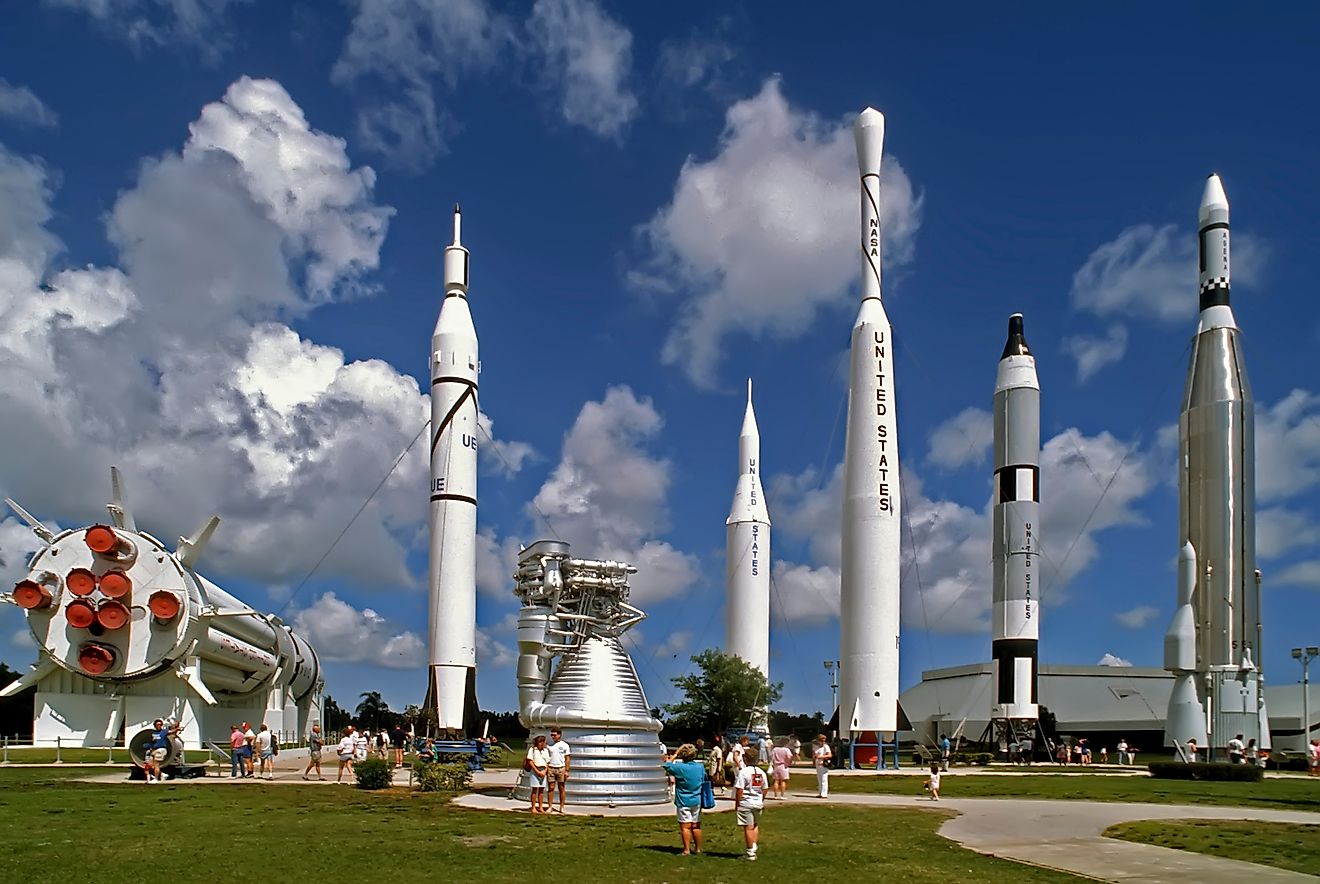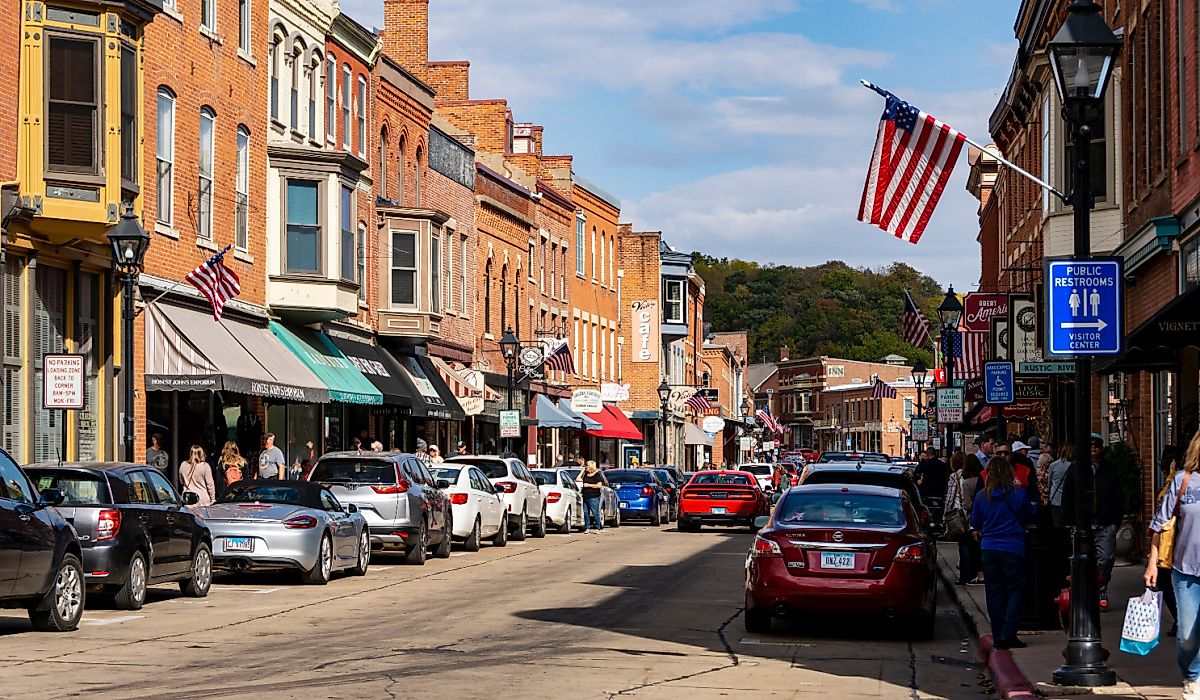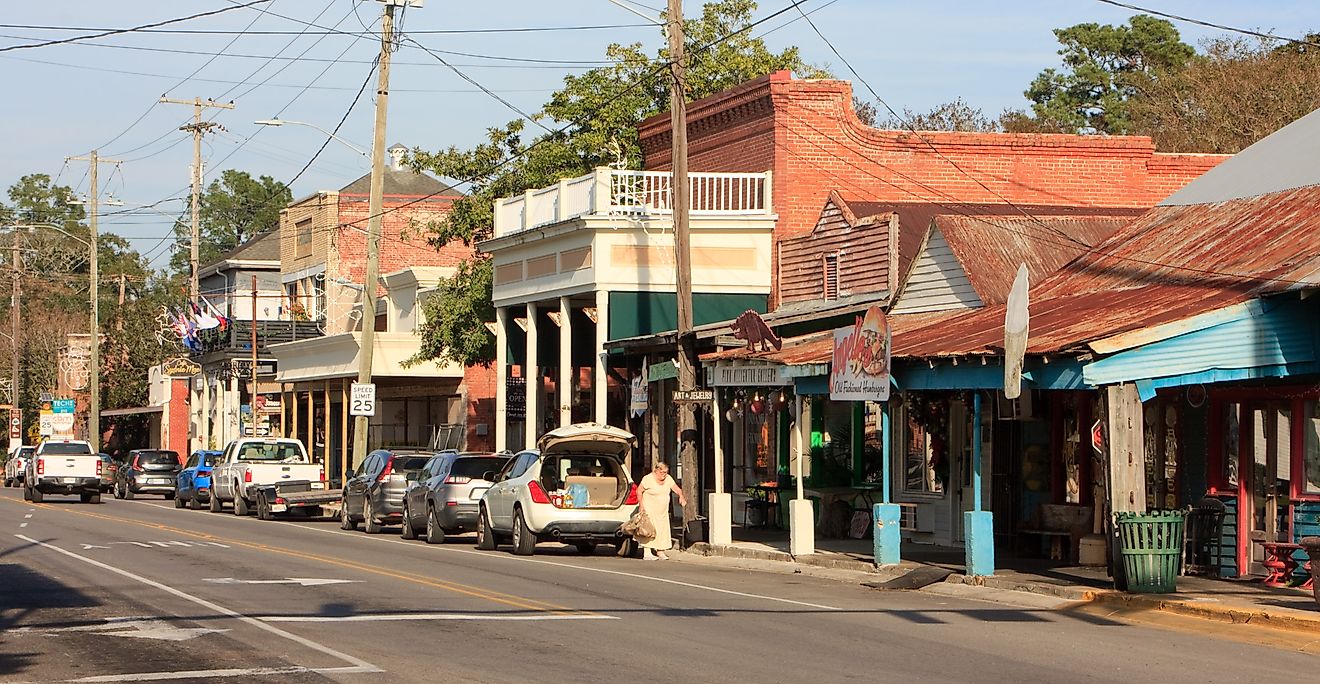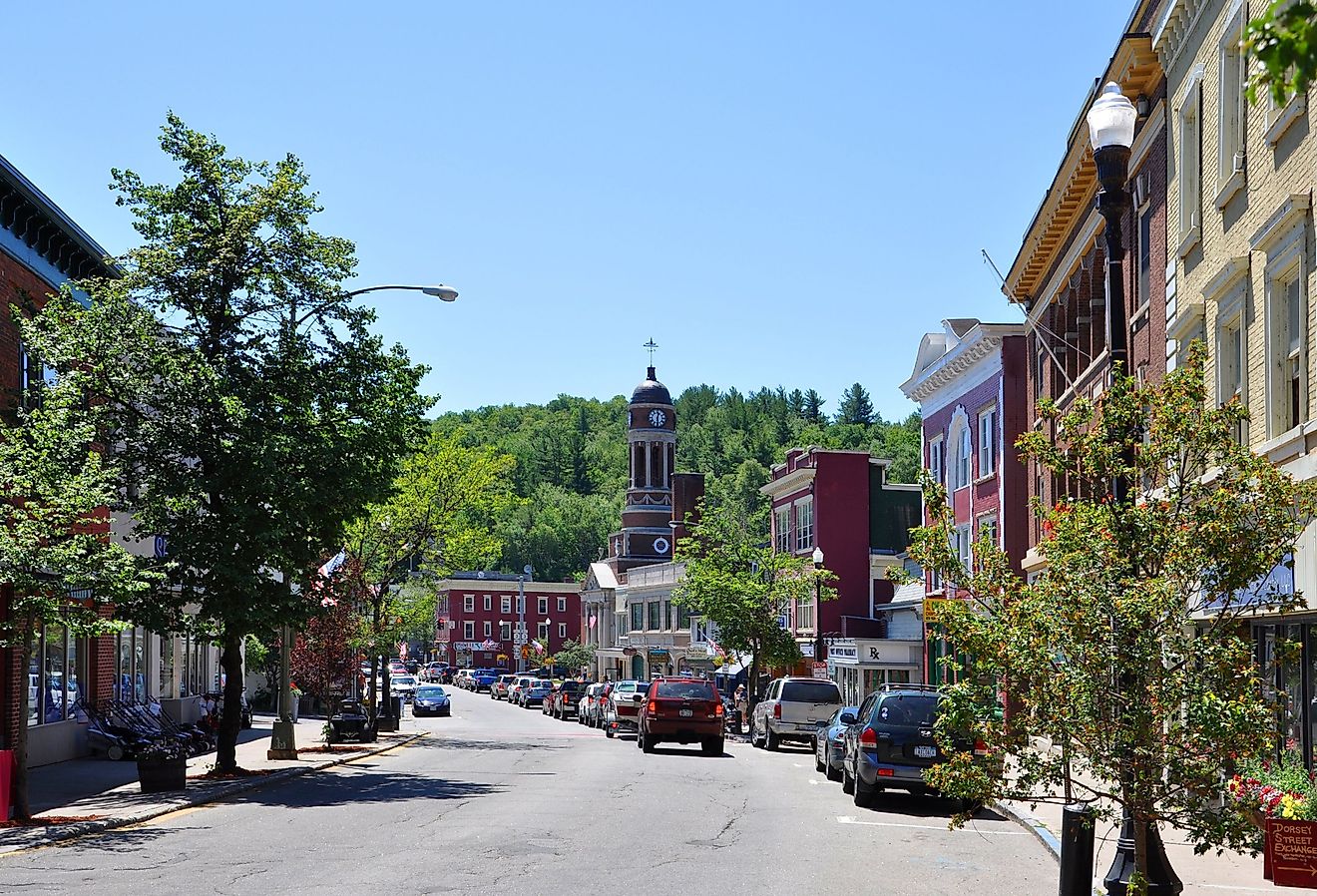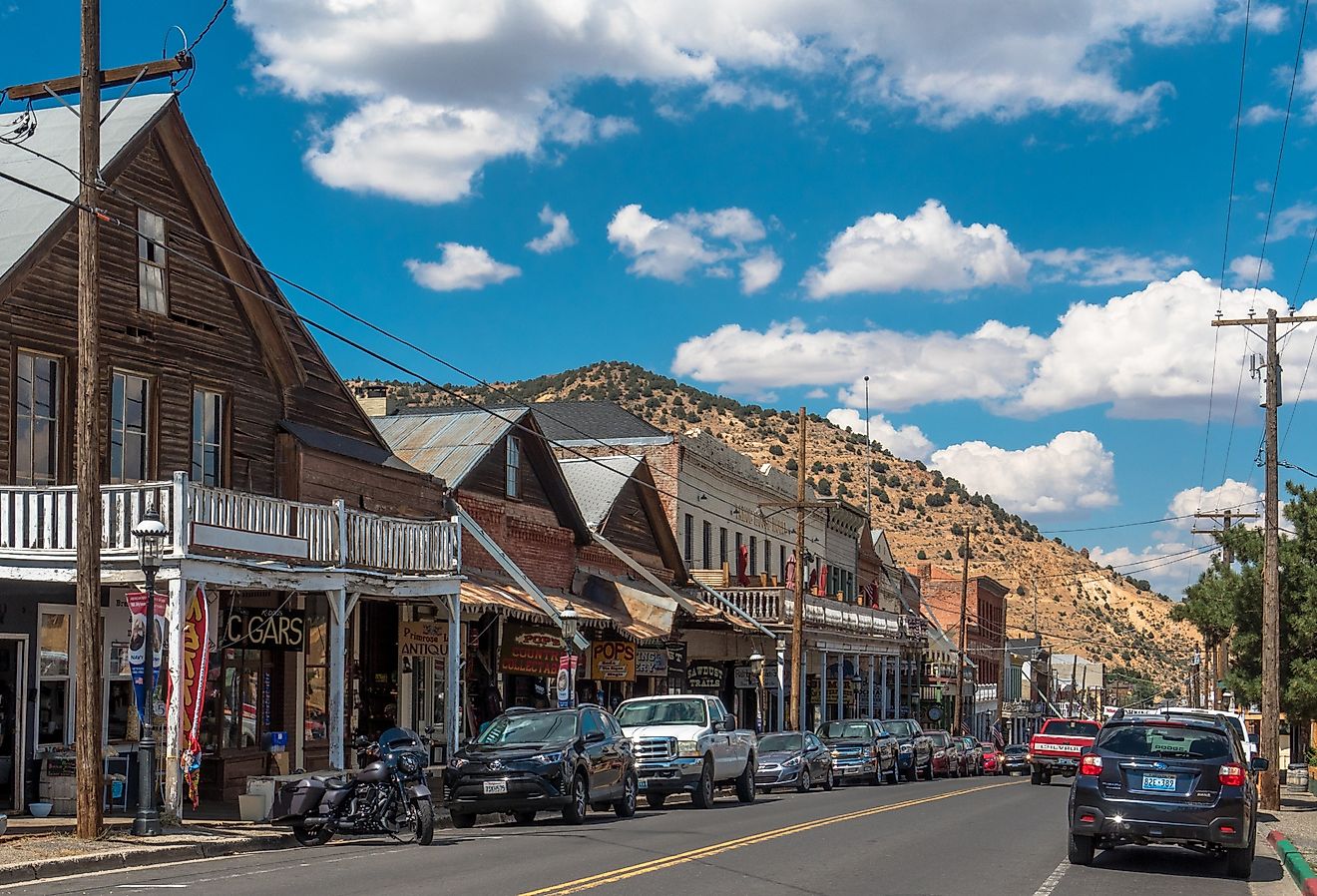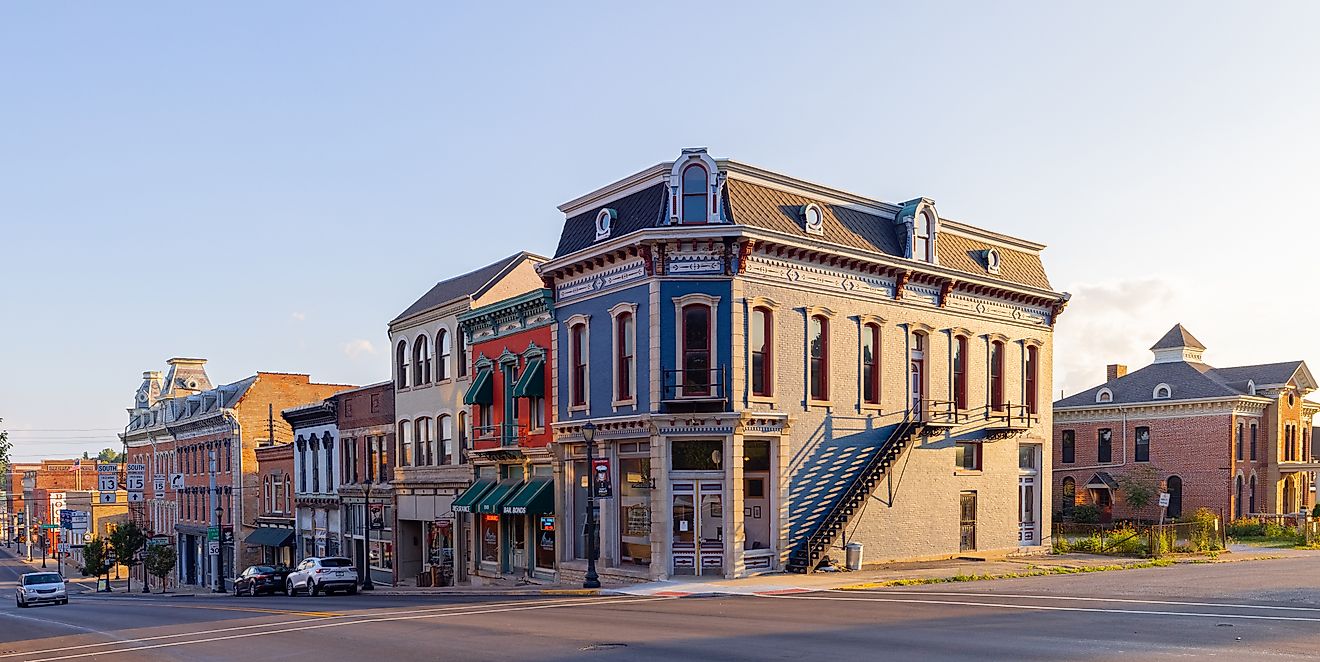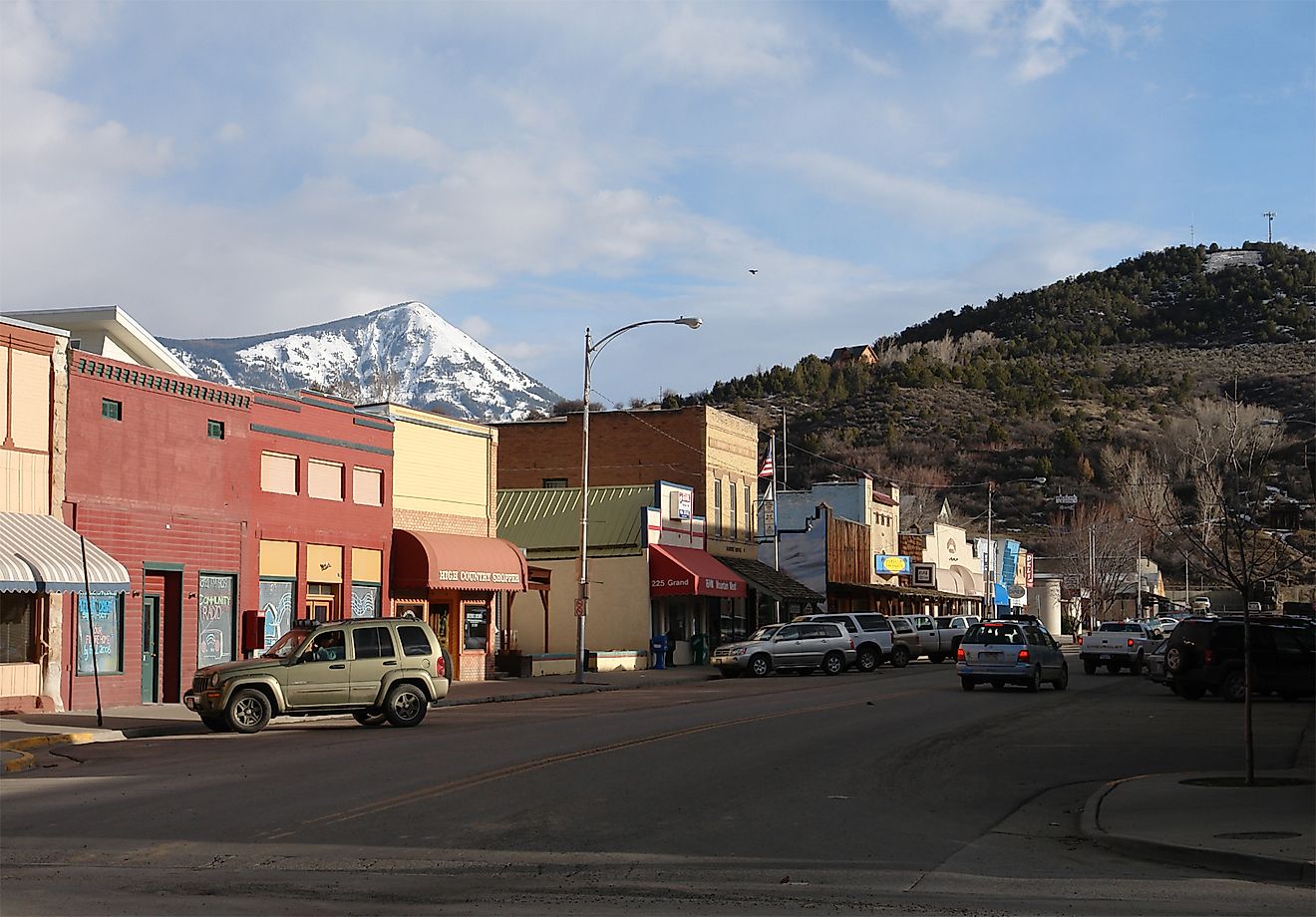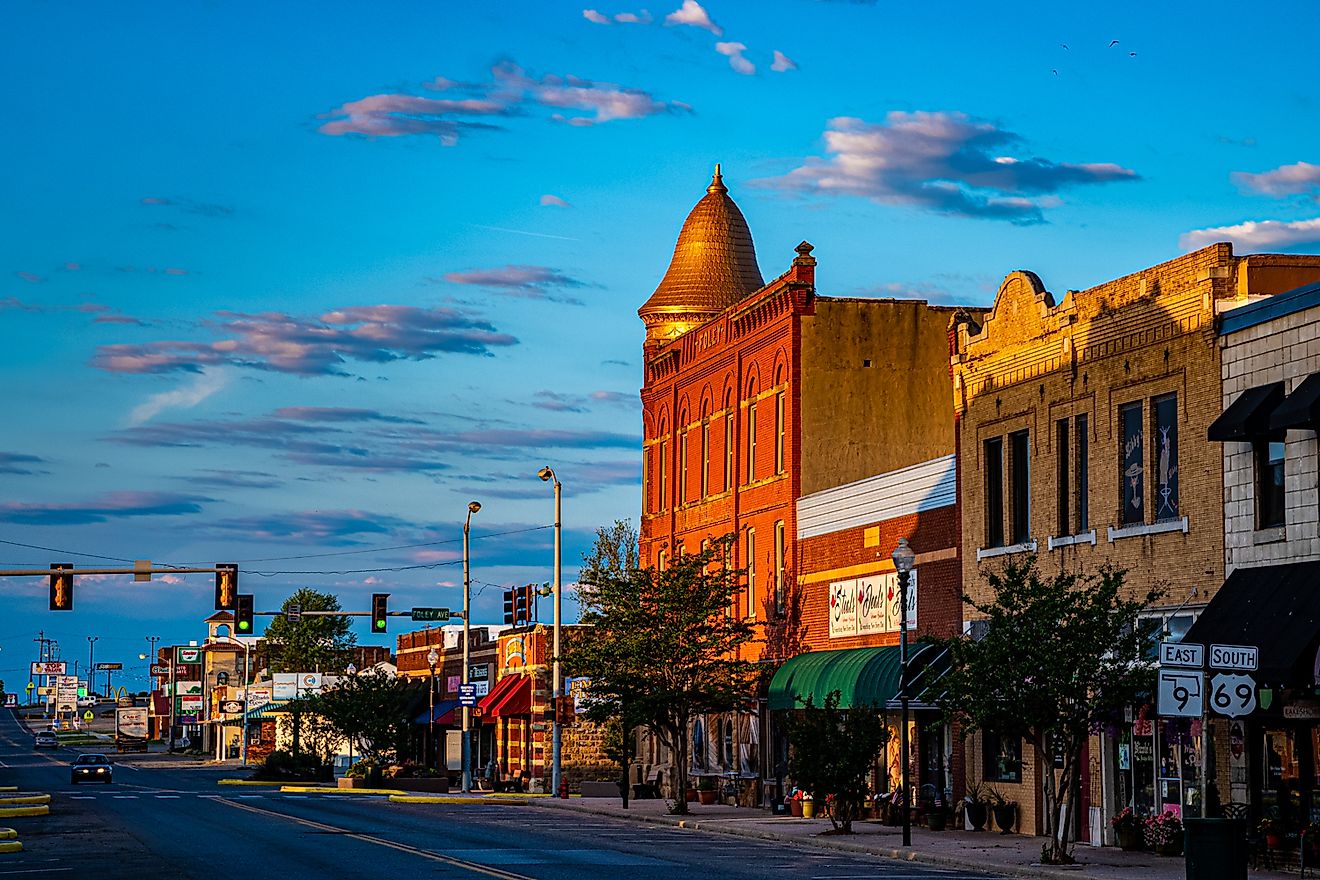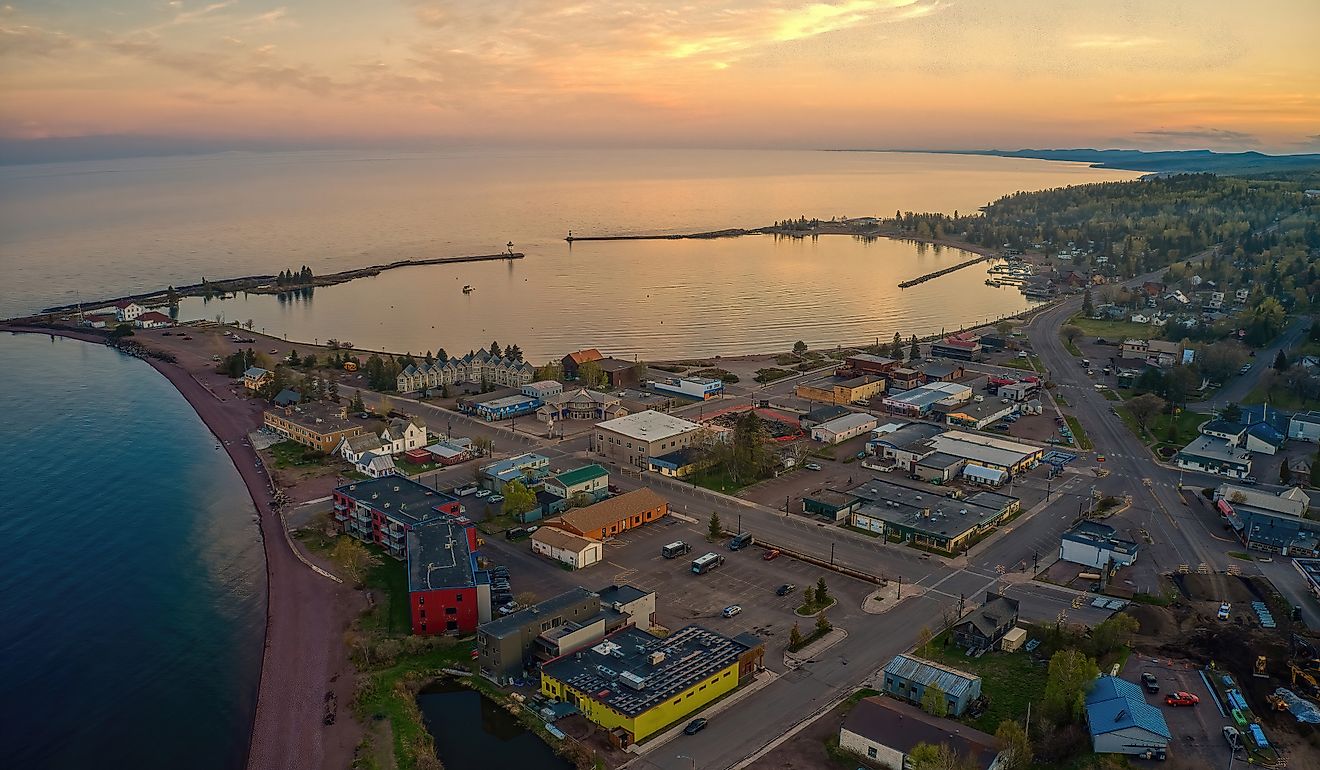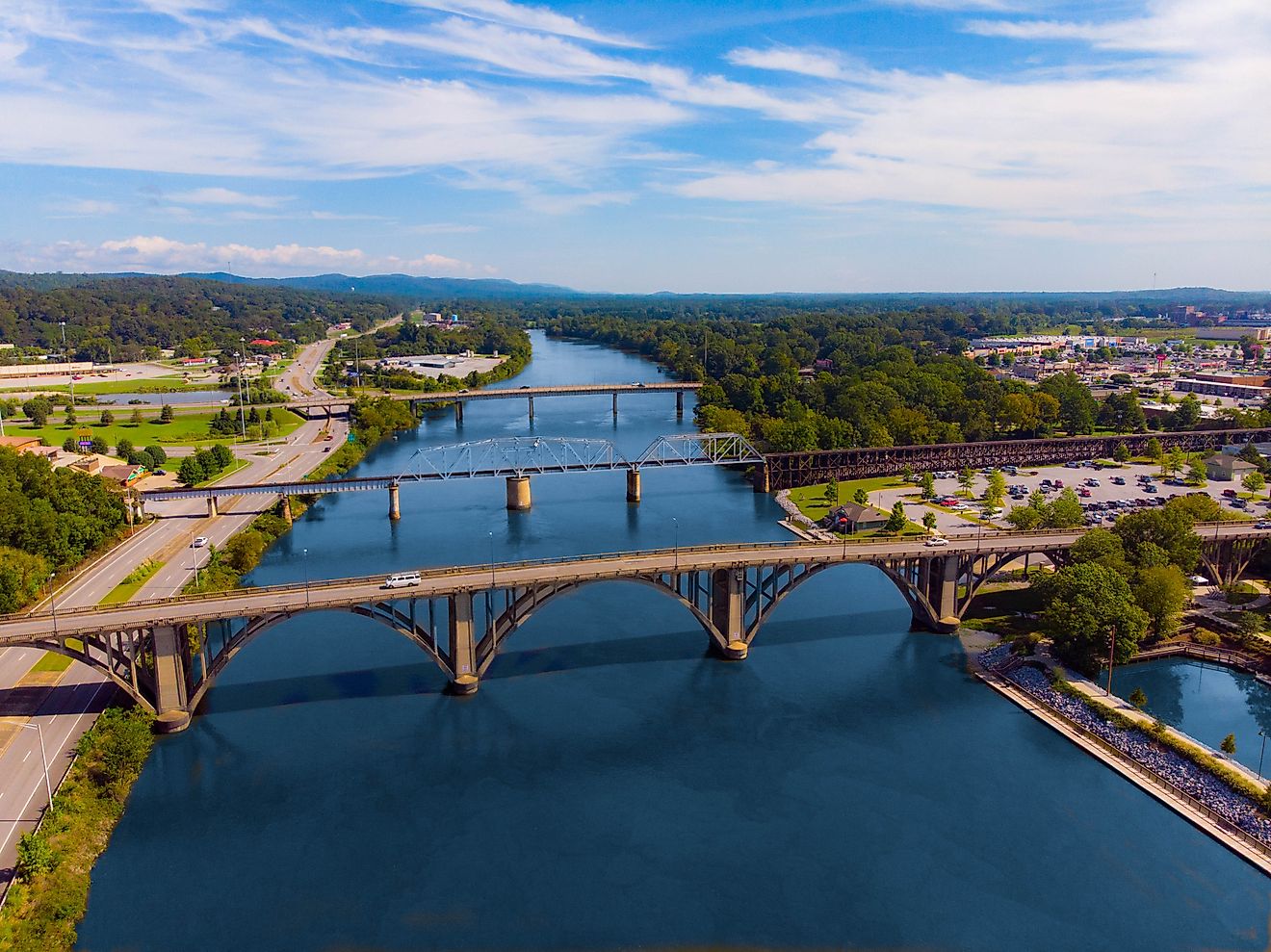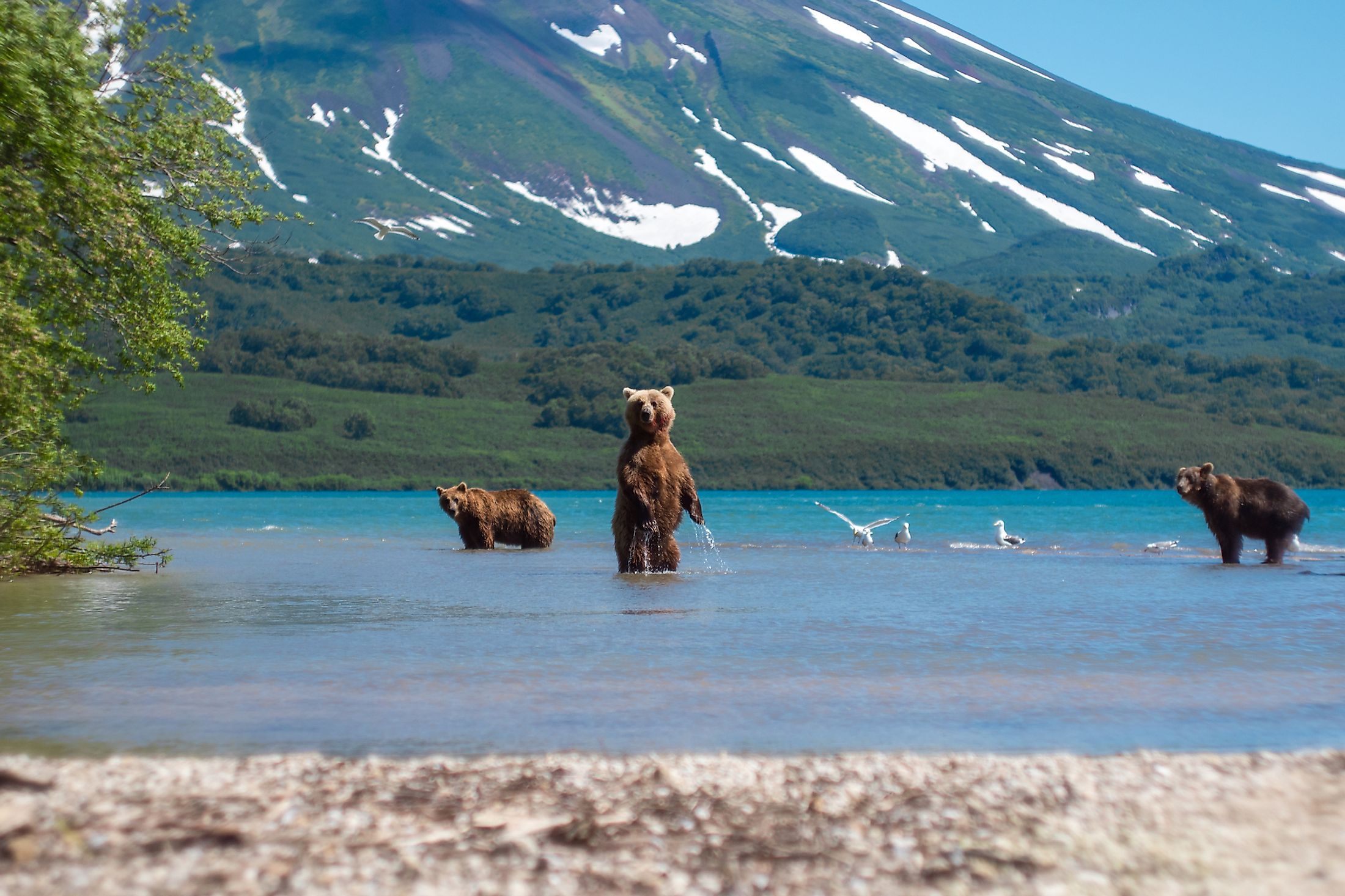
Russian Far East
The Russian Far East is the easternmost part of Siberia, which is the largest region in Russia and the northernmost region in Asia. The Far East region contains the easternmost territory in the world. In fact, the easternmost part of the Russian Far East is relatively close to the US state of Alaska. The region is sparsely populated, though it still hosts a population numbering in the millions.
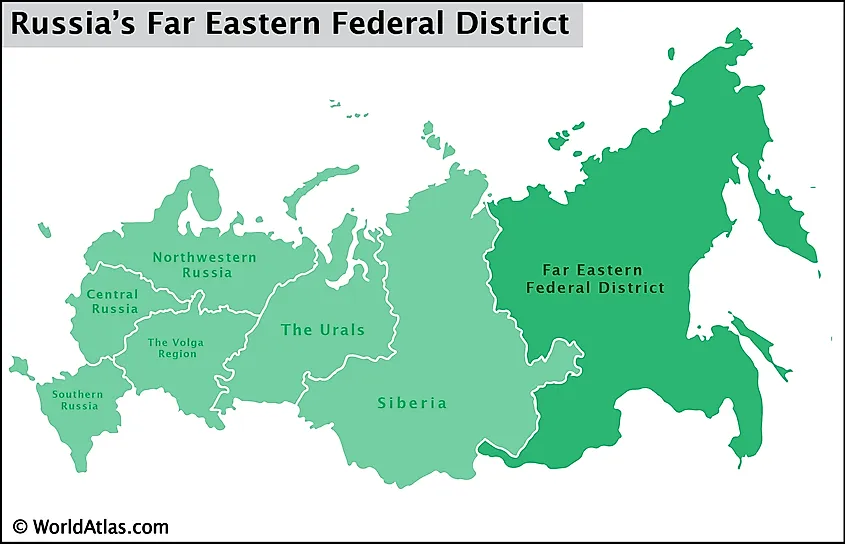
The Russian Far East is home to many different indigenous populations, though the majority of the people living in the region are Russian or members of other non-indigenous groups. The Russian Far East played an important role for the better part of the 20th century, serving as the location for key Soviet military activities, and also hosting some of the USSR’s notorious prison camps, known as gulags.
Geography Of The Russian Far East
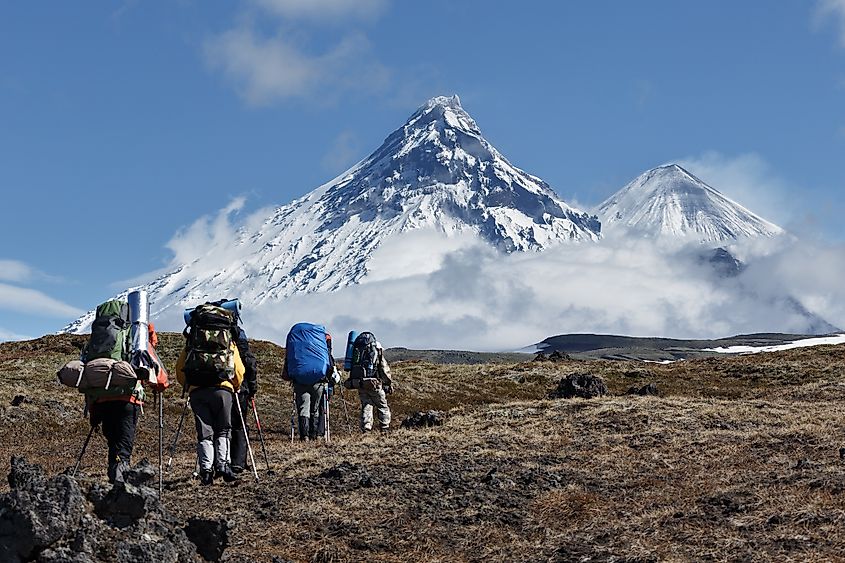
The Russian Far East constitutes what is known as the Far East Federal District. This district is 6,952,600 sq. km in area, which make up more than 40% of all of Russia’s territory. It is bordered to the west by the Siberian Federal District. The most easterly extent of the Far East region borders the Bering Strait, across from which is the US state of Alaska. Most of the rest of the Bering Sea lies to the southeast. The Kamchatka Peninsula divides the Bering Sea to its east from the Sea of Okhotsk to its west. The southernmost part of the Russian Far East borders the Sea of Japan, North Korea, and northeastern China. The rest of the southern part of Russia’s Far East borders the countries of China and Mongolia. To the north of the Russian Far East is the East Siberia Sea. The Chukchi Sea is situated to the northeast.
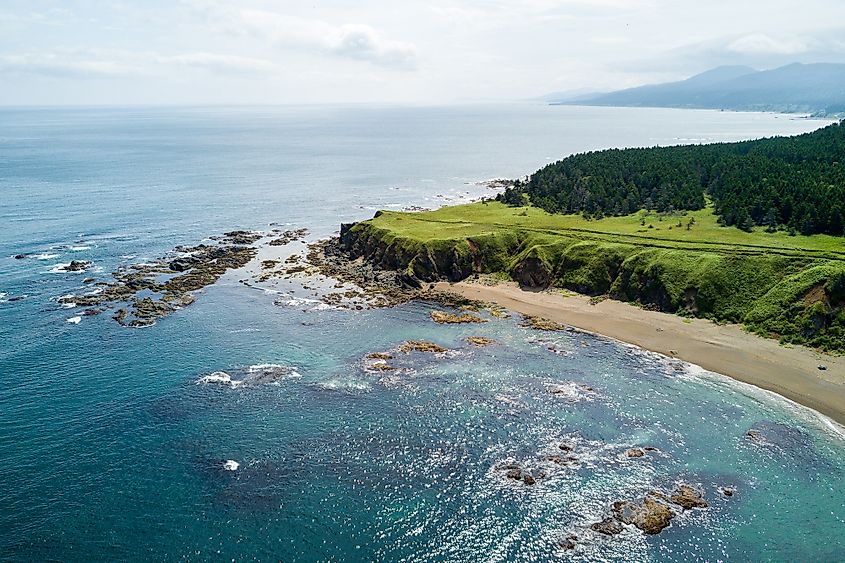
Several islands are also considered part of Russia’s Far East. One is the island of Sakhalin, located north of the Japanese island of Hokkaido, in the Sea of Okhotsk. To the northeast of Hokkaido is the Russian island chain known as the Kuril Islands. These islands have been the subject of a dispute between Russia and Japan since World War II, during which the Soviet Union seized the islands that were then under Japanese control. In the Chukchi Sea, close to Russia’s maritime border with the United States is Wrangel Island. West of this island, in the East Siberia Sea, are the Lyakhovski Islands.
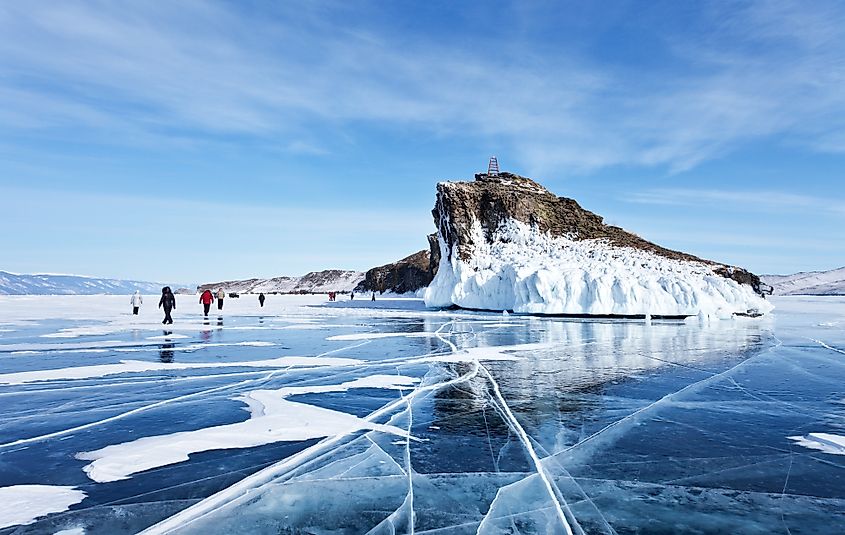
Russia’s Far East contains several lakes and rivers. The largest lake, called Lake Baikal, sits on the border between the Far Eastern Federal District and the Siberian Federal District. The region also has other, smaller lakes. The longest river in the Russian Far East is the Amur River, which forms much of the border between northeastern China and southeastern Siberia. Other major rivers in Russia’s Far East include the Kolyma River, the Lena River, and the Omolon River.
Russia’s Far East Federal District is divided into 11 subnational units. Two of these subnational units are known as republics, which are more or less equivalent to US states. The Sakha Republic, also known as Yakutia, is the largest of the Russian Far East’s subnational units. The other republic in Russia’s Far East is called Buryatia. The remaining nine subnational units consist of three oblasts, one autonomous oblast, four krays, and one autonomous okrug. The administrative center of the Far East Federal District is the city of Vladivostok, located on the Russian coast of the Sea of Japan.
Demographics Of The Russian Far East
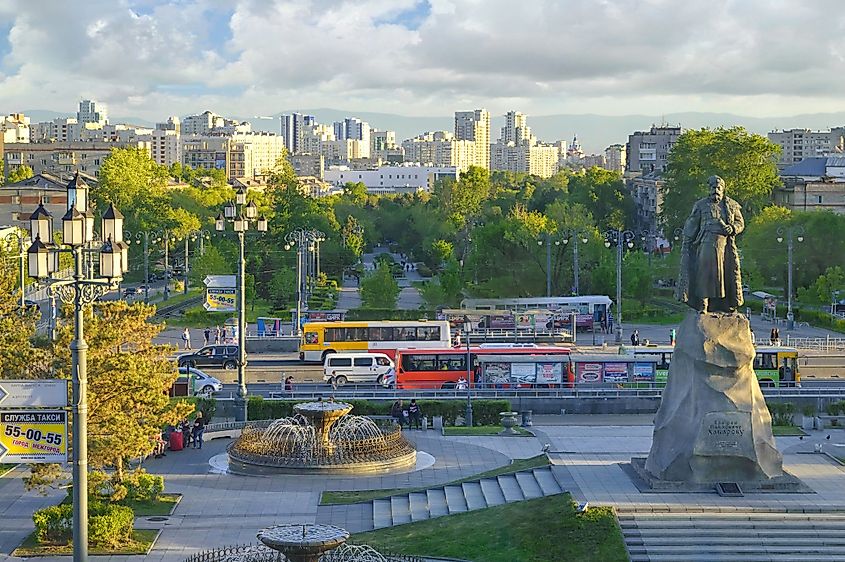
Russia’s Far East Federal District is the least populous federal district in the country. It is home to roughly 6 million. Most of the population in the Russian Far East is concentrated in the district’s southern end, especially near the border with northeastern China. Ethnic Russians and Ukrainians make up the vast majority of the population in the Russian Far East. About 500,000 Ukrainians came to live in the Russian Far East in 2016 as part of program to attract people to the region and resettle refugees from Eastern Ukraine. Several indigenous groups also call the Russian Far East home, including the Yakuts, Buryats, Koryaks, Nanai, Ulchi, Udege, Itelmen, Evenk, Ainu, Aleuts, Chukchi, and Inuit. Other non-indigenous populations in the Russian Far East include Tartars, Jews, Koreans, and Chinese.
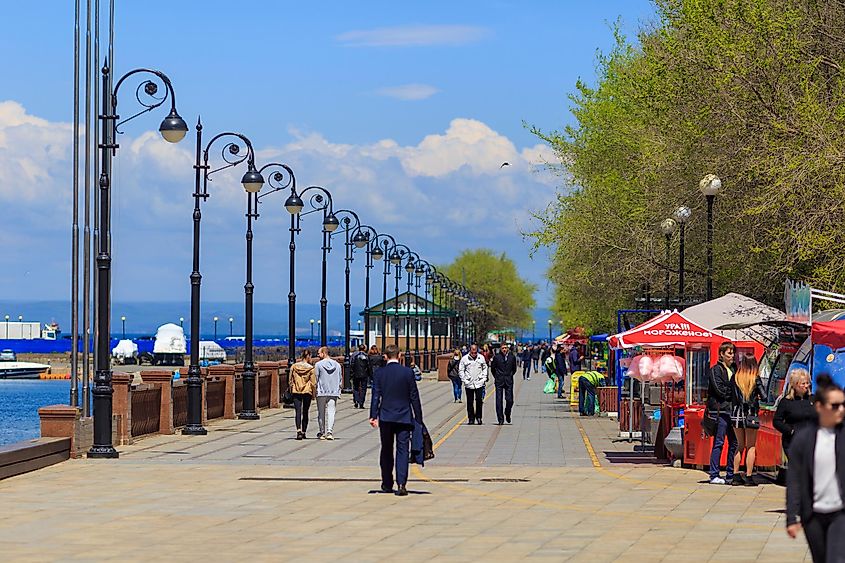
Russia’s Far East includes several cities that are home to more than 100,000. The largest of these cities is the aforementioned administrative center of the Far East Federal District, Vladivostok, which contains about 605,000 residents. Following closely is the city of Khabarovsk, which is located on the eastern bank of the Amur River, very close to Russia’s border with northeastern China. It contains about 578,000 people. Other major cities in the Russian Far East include Ulan-Ude, Chita, Yakutsk, Komsomolsk-on-Amur, and Blagoveshchensk.
History Of The Russian Far East
The Russians reached the Pacific coast of what is now Russia’s Far East in 1647. In the mid-19th century, they managed to seize part of the Chinese region of Manchuria, including the coastal area on the Sea of Japan, where Vladivostok is located. In the Russo-Japanese War of 1904-05, the Russians lost the southern half of the island of Sakhalin. After the Russian Revolution of 1917, Japanese forces, backed by Western troops, invaded and seized much of the Russian Far East. In 1920, a Far East Republic was established to serve as a buffer between the newly-created Soviet Union and Japan. But by 1922, Japanese forces withdrew and the Far East became Soviet territory.
During WWII, the USSR captured the southern half of the island of Sakhalin, as well as the Kuril Islands, both of which were placed under its sovereignty following the cessation of hostilities. During the Cold War, some of the port cities in the Russian Far East, particularly Vladivostok, became closed cities, because they were bases for the Soviet Pacific Fleet. Glasnost and Perestroika in the 1980s began opening up the Russian Far East. Foreign ships were allowed to dock in Vladivostok. There were even flights between Alaska and various cities in Russia’s Far East. After the USSR collapsed in 1991, many people left the Far East. Thus, the region saw a steep decline in its population. In 2000, the Far East Federal District was created. In 2016, Russian President Vladimir Putin proposed the Russian Homestead Act as an effort to repopulate the Russian Far East.
